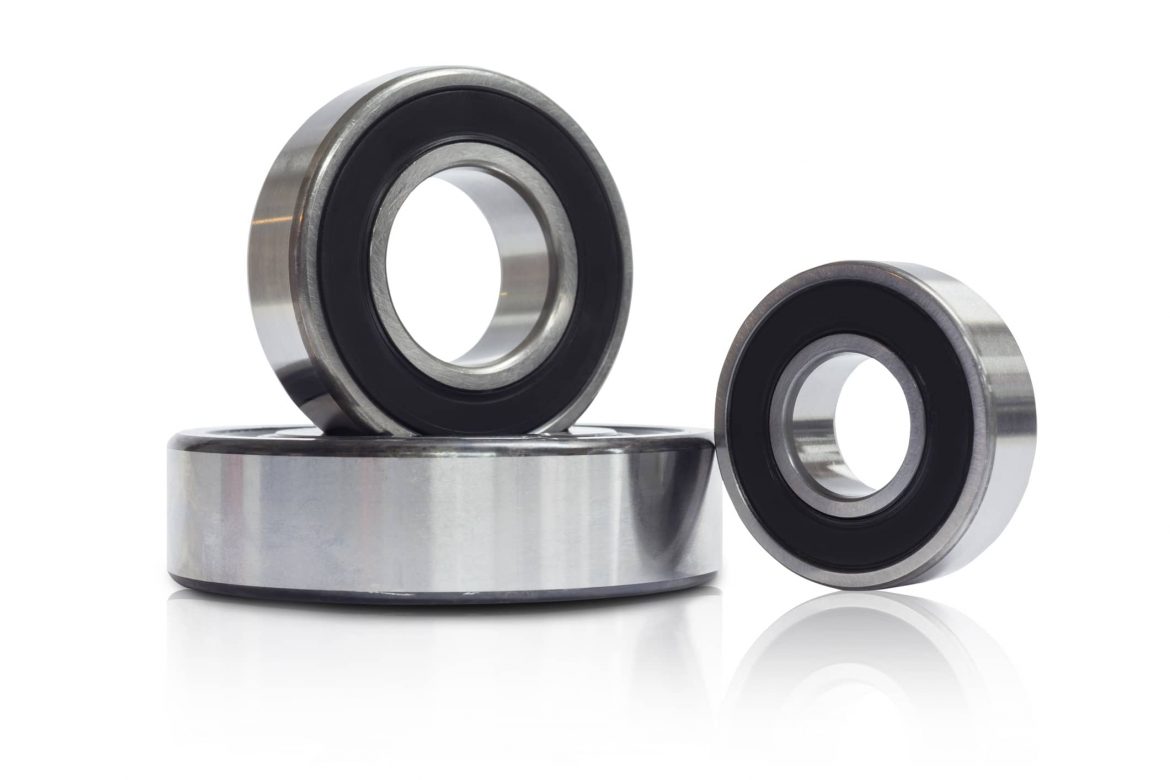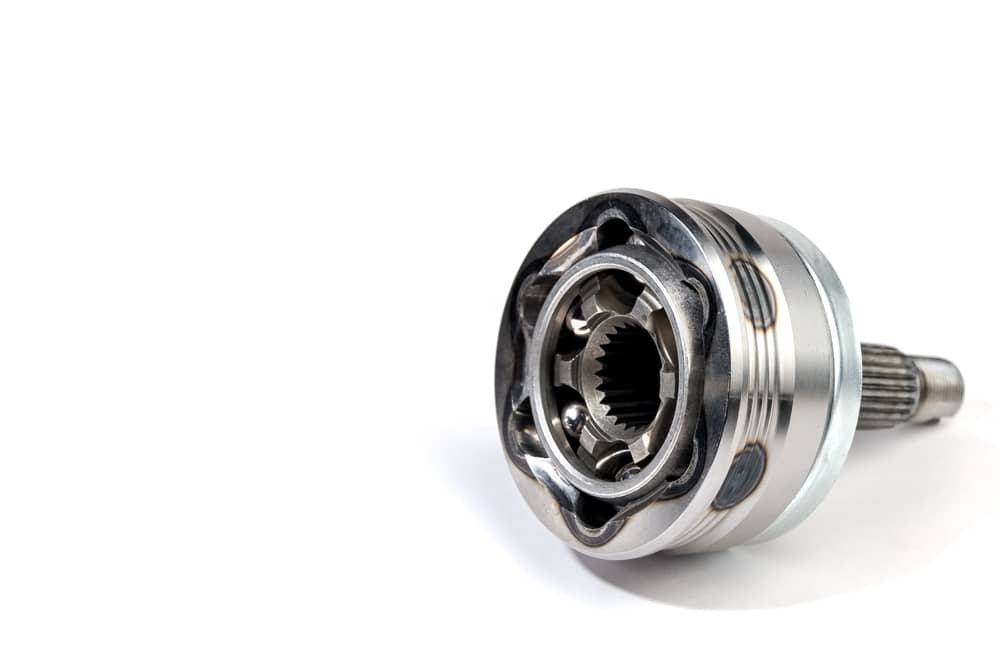 Whether you recently purchased a new vehicle or you plan on driving your current vehicle “into the ground” as they say, it is never too late to start keeping up a regular maintenance schedule. Most vehicles on the road today are well built vehicles that can be very reliable if they are taken care of properly. Many vehicles end up breaking down, or suffering catastrophic damage to high dollar components like the engine or transmission not because they are a lemon, but because an easily preventable problem went overlooked for a little too long and caused bigger problems. For most vehicles, the only time they get any sort of inspection is during an oil change. Depending on where you get your oil changed that may not even happen.
Whether you recently purchased a new vehicle or you plan on driving your current vehicle “into the ground” as they say, it is never too late to start keeping up a regular maintenance schedule. Most vehicles on the road today are well built vehicles that can be very reliable if they are taken care of properly. Many vehicles end up breaking down, or suffering catastrophic damage to high dollar components like the engine or transmission not because they are a lemon, but because an easily preventable problem went overlooked for a little too long and caused bigger problems. For most vehicles, the only time they get any sort of inspection is during an oil change. Depending on where you get your oil changed that may not even happen.
Being reactionary in your maintenance and just waiting for something to break is an expensive way to maintain your vehicle and may leave you stranded. However, it would also be very expensive to drop by your mechanic’s shop every week just for them to take a quick look at your car and make sure everything is ok. Also, as your vehicle gets more and more miles on it and gets older your risk for issues increases.
What should be my car’s routine maintenance schedule?
This is the first of a 3 part series describing a routine maintenance schedule you should keep for your vehicle to make sure you catch problems early while they are easy to fix and to prevent more damage. There are some checks you need to do more often than others so this article will address things to check every week, the next will include monthly checks and the 3rd article will be about 6 month checks. If you are driving a brand new vehicle off the dealer’s lot some of the checks may not need to be done as frequently, but if your vehicle is nearing 100,000 miles or is over 6 years old, these checks should be done at our recommended intervals.
Check your oil
Believe it or not, a lot can change in a week. When it comes to your car, the most important part is the engine. Making sure the engine in your vehicle is safe and happy is one of the best ways to keep your car running well for years to come. The life blood of your engine is the oil in it. Checking your oil weekly is the most important weekly inspection you can make. If your engine develops a leak your oil level can drop very quickly without you noticing any puddles or leaks. A low oil level in your engine will lead to damage to bearings, piston rings, the timing gears and chain, your camshaft and valve lifters and other expensive and difficult to replace parts. Most engines today will run for many miles as long as you keep the proper oil level. Checking your oil weekly is also a great time to look at the color of it and check to see if it’s time for an oil change. We recommend getting your oil changed every 3000 miles if you use conventional oil and every 5000 with synthetic oils. Keeping fresh oil in your vehicle will make sure you engine is protected from wear and heat. Every time you get your oil changed, make sure you document the mileage for your next oil change and stick to it! Oil changes are better early than late.
Inspect under the vehicle
Once per week you should also do a quick inspection underneath your vehicle. This can be done during a car wash, in the mornings before you jump in, or right when you pull in the driveway after work. You don’t need to pull out the creeper and get personal, just a quick walk around your car will help you see any leaks that may have developed, notice a tire that is going flat because it is getting pudgy and see any new dings or dents. This 30 second walk around is a great way to check up on your vehicle and make sure everything still looks like it did last week.
Listen to your car
Last, once per week take time to listen to your vehicle. Preferable from a cold start in the morning, start driving with the radio off and a window open if it’s not too cold out. When you start your car, what does it sound like? Does it start as usual or take a few more cranks, or crank slowly? These could be indications that your battery is getting near the end of its life. Once you are driving watch your gauges. Does the temperature gauge come up smoothly or does it jump from cold to hot quickly? Are the other gauges like oil pressure and voltage in their normal range? Have any warning lights come on since last week? While you are driving try to do a variety of stop and go, low speed driving, tight corners and highway driving. Listen for clunks, clanks or grinding as your stop and start at stop signs. Listen for the same noises as you go around sharp corners or turn from a stop. When you are at speed feel for vibrations in the steering wheel and floor boards, listen for whining or humming coming from any of the 4 wheels and make sure the car is driving straight and not wandering.
BlueDevil Products can be found on Amazon.com or at AutoZone, Advance Auto Parts, O’Reilly Auto Parts, NAPA, and other major auto parts retailers.
8 responses to "Routine Maintenance Schedule – What you Should Check Every Week"
8 Comments
Leave a Reply
Related Articles




Very and helpful article
I have a Fiat motorhome does power steering last week and it’s empty again now I need ideas what I can do thank you it is a Ducato 20 04 for birth
Vinnie-
Thank you for asking about your Fiat Ducato motorhome. How quickly are you losing power steering fluid? The BlueDevil Power Steering Stop Leak (https://store.gobdp.com/power-steering-stop-leak-00232/) is intended for leaks that are seeping or lightly dripping from the system. As long as you are not losing fluid too quickly, you would be a great candidate for the product.
Thank you!
-BDP
My car wheels won’t spin. My car won’t move I have a 2002 Toyota RAV4 my engine runs , turns on and everything but my car won’t move . I checked under the hood I notícieles sludge brown sludge by my axle and cv boot and transmission. On the driver side . Also I see under the transmission oil pan it looks like moist around the corners and there’s a puddle under Meath it . My car accidentally went to cruise mode and acérelarated to fast went into 6th gear and Then stopped on the the road . Please tell me it’s not something so expensive ??
Stacey-
Thank you for asking about your Toyota Rav4. Based on your description, low transmission fluid would be the best explanation for why the vehicle is currently able to turn on but not move. Unfortunately, it may be best to have the vehicle towed to a transmission specialist for repair.
Thank you!
-BDP
I need help Blue Devil Pro….
I’ve taken in my vehicle, a (2010 Nissan Murano) every 3 to 5 months for what I believed to be a critical requirement of being a vehicle owner.
What I trusted as being an honest, straightforward business/ company who never seemed to up-sale me.
During my visits they were courteous and helpful; at least until my visit December 6th 2022.
I was honest admitting I’d been out of work for some time after getting covid for the first time since the pandemic began.
But I explained the concern I had with my accelerator sensor and asked for an inspection or to ride along with the technician so I could best explain the safety issue once he recognized the problem himself since he was driving. He was very patient with my ramblings and questions and concerns whether they were real or imagined he waited with me he drove me home and he left with the car keeping it overnight not promising to do anything but give it a look over since I wasn’t a pain customer at this point. That particular individual did not service the vehicle but another technician says that he did but the only thing that I know for certain was that he took out a dipstick I do not know if it was the transmission or if it was the oil but he failed to put it back in the reservoir that it belonged in. So since December I driven to Missouri from North Dakota and back which is roughly a 22-hour round trip but pulled over in South Dakota in 14 below temperatures to get gas and all of a sudden my entire car just stopped working it went all Poltergeist on the dash lights were blinking and there was beeping and there was purging and burping and all kinds of weird sounds coming from the car and then it died. I was in the middle of nowhere with no money no way to keep warm in 14 below temperatures I attempted to get a provider from my insurance company from the roadside assistance that I paid into my insurance company they could not find me a provider. For over 5 hours it was after 5:00 p.m. it was well into the night I finally contacted a 24-hour repair mechanic who was able to listen to what I described as being a alternator issue and who opted to go and purchase an alternator for that year make and model car well on his way to come and tow it. Once getting to his shop he looked under the hood under the car and it was flooded with oil he told me that the oil reservoir was the last thing he suspected he thought there was a hole in the engine but once he was able to clean a good portion of the oil from the engine so he could see it he took pictures saw with the Dilemma was and contacted me to let me know that there was no hole in the engine that it was the dipstick that it had been left out the oil or transmission fluid I’m not sure which it actually was had been spurting out in my engine and had saturated my alternator and caused this horrible event to take place. I had to call my one-time boss to borrow money to pay for the work on this car so I could get back home. Thank God for this repair man in the middle of no man’s land in South Dakota to take it upon himself to diagnose the situation with my vehicle and be correct in his diagnosis repair it and Bill me appropriately and the sum of almost $700 for the tow the extra rides the part and the repair also the cleaning of the engine. I need to know how I should approach this with the company that initially left the dipstick out of whichever Reservoir it was I wish I was more Savvy when it came to the mechanics of a vehicle. I know this is a little long but I feel that you need to know all there is to know in order to better answer the ultimate question is who is responsible for this the stress the Desolation the breakdown the costs associated all because of a small little thing like a dipstick that turned into a potentially deadly incident if I was not able to contact this repair shop.
Sarena-
It would have been nice if the mechanic in South Dakota had taken a picture of his findings, showing the dipstick was left out. This is evidence you could have taken back to the original shop to show the neglect that took place. Ultimately, it sounds as though the original shop is responsible, however, it would be tough to prove without the underlying evidence. Hope this helps!
Thank you!
-BDP
I certainly grateful for your response and I will definitely compile as much information that I can.
I do have some photos to share if there’s a way for me to send them to you I’d certainly be grateful for any further knowledge you’d be willing to share….
Gratefully, Serena B.
Bismarck ND